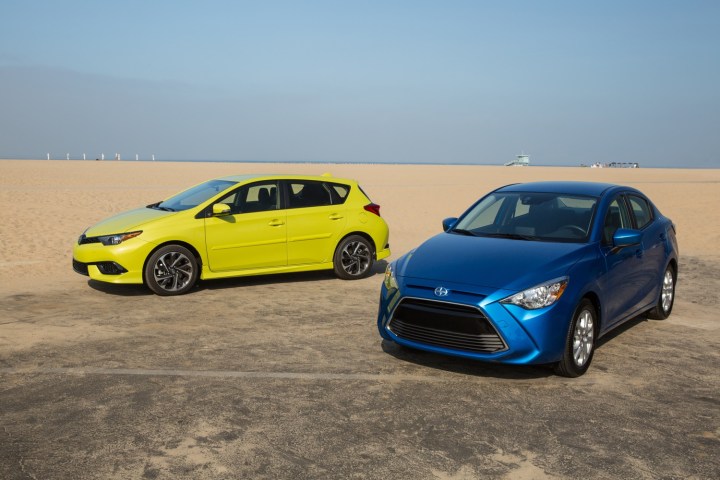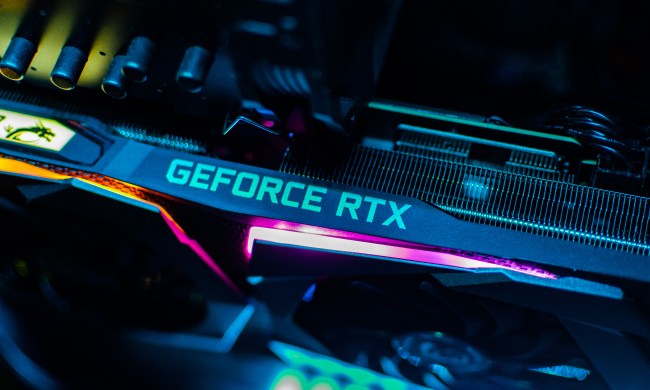
Andrew Gilleland is replacing Doug Murtha as Toyota’s Vice President of Scion, but this isn’t his first encounter with the brand. Back when Scion first launched, he was national field operations manager, charged with ensuring that dealers knew what to make of Scion’s novel no-haggle buying process, and its unusual models.
Scion launched with the xA and xB, two very tiny hatchbacks. The xB’s blocky styling in particular helped it stand out, and provided a little quirkiness for what was otherwise just a very basic small car. Toyota hoped that cheap small cars with funky styling would attract younger buyers, and counteract the stodgy image of the parent brand.
However, Scion has lost its way to some extent over the past decade. It added the tC coupe, but subsequent redesigns of the xB and xA (renamed xD) added bulk and generally made Scion’s two main models less distinctive. Toyota then let them age while it embarked on an ill-fated attempt to diversify Scion with the smart fortwo-like iQ and the cool, but low-volume, FR-S sports car.
While two-door coupes with sporting affectations are probably a good way to appeal to young buyers, the FR-S and the tC could never sell in large enough volumes to sustain Scion. As the xB and xD aged, the brand’s sales began to drop. Scion is finally remedying the situation with two new models: the iA sedan and iM hatchback.
Neither model is unique to Scion. The iA is a sedan version of the next-generation Mazda 2, and the iM is actually a Toyota Auris plucked from the carmaker’s European lineup. Gilleland will have to make these cars seem like more than what they are. For Scion to live up to its raison d’etre, buyers will have to think of the iA and iM as more than Mazda and Toyota economy cars. It could be a tough job.


